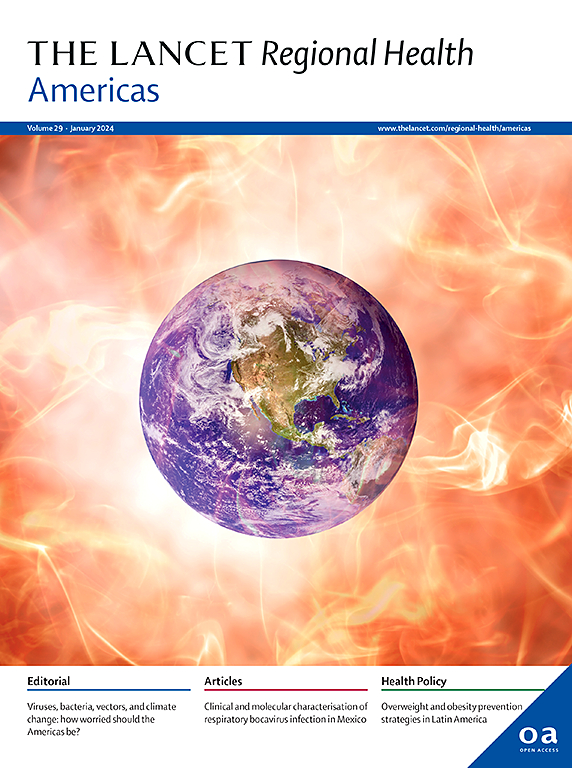Trends in depressive symptoms among high school students with and without health-risk behaviors in the United States: A population-based study
IF 7
Q1 HEALTH CARE SCIENCES & SERVICES
引用次数: 0
Abstract
Background
Despite the recent rise in depressive symptoms among adolescents, trends in at-risk groups remain poorly understood. This study estimated national trends in depressive symptoms among high school students with and without health-risk behaviors.
Methods
Data were analyzed from the 2007 to 2021 Youth Risk Behavior Survey (YRBS), a biennial cross-sectional survey of US high school students (n = 119,654). Depressive symptoms were defined as past-year feelings of sadness/hopelessness almost every day for ≥2 weeks impacting usual activities. 24 health-risk behaviors across five categories (violence, substance use, sexual, physical/sedentary, and weight-related) were considered. Multivariable-adjusted logistic regression identified health-risk behaviors independently associated with depressive symptoms. National trends in depressive symptoms among students with and without these health-risk behaviors were estimated. National trends in health-risk behaviors were also estimated among those with depressive symptoms.
Findings
Among 119,654 students (mean age, 16.0 [SD = 1.2] years; 50.1% females; and 45.3% non-Hispanic White), depressive symptoms increased from 28.4% (2007) to 42.3% (2021) (biennial average percent change (BAPC), 3.0% [95% confidence interval (CI), 2.6–3.4%]). The largest increases occurred among females (BAPC, 3.3% [2.9–3.8%]) and non-Hispanic White students (BAPC, 3.6% [3.0–4.1%]). Depressive symptoms increased more among students engaging in ≤1 risk category (BAPC = 4.6% [3.6–5.7%]) than students engaging in 4–5 risk categories (BAPC = 2.9% [2.4–3.3%]) (interaction, p = 0.037) and there was a general trend toward decreasing engagement in risk behaviors among students with depressive symptoms. In subgroup analyses, there was a disproportionately large increase in depressive symptoms among students reporting cannabis use, high-risk screen time, shorter sleep hours, and unhealthy weight perception.
Interpretation
Depressive symptoms increased faster among high school students without than with multiple behavioral risk factors. A broadening of the depression risk profile underscores the potential value of universal depression screening to identify students who may otherwise go undetected by targeted screening.
Funding
The study was not funded.
求助全文
约1分钟内获得全文
求助全文
来源期刊

Lancet Regional Health-Americas
Multiple-
CiteScore
8.00
自引率
0.00%
发文量
0
期刊介绍:
The Lancet Regional Health – Americas, an open-access journal, contributes to The Lancet's global initiative by focusing on health-care quality and access in the Americas. It aims to advance clinical practice and health policy in the region, promoting better health outcomes. The journal publishes high-quality original research advocating change or shedding light on clinical practice and health policy. It welcomes submissions on various regional health topics, including infectious diseases, non-communicable diseases, child and adolescent health, maternal and reproductive health, emergency care, health policy, and health equity.
 求助内容:
求助内容: 应助结果提醒方式:
应助结果提醒方式:


